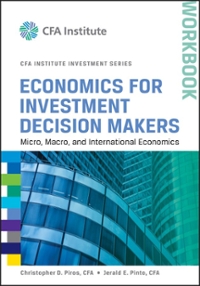Answered step by step
Verified Expert Solution
Question
1 Approved Answer
66 Lewis earns $150,000 per year and is therefore in the highest tax bracket. His earned contribution room for the 2015 tax year is limited

Step by Step Solution
There are 3 Steps involved in it
Step: 1

Get Instant Access to Expert-Tailored Solutions
See step-by-step solutions with expert insights and AI powered tools for academic success
Step: 2

Step: 3

Ace Your Homework with AI
Get the answers you need in no time with our AI-driven, step-by-step assistance
Get Started


